|
It's used to track packages in the mail; retail goods at the shopping mall; automobiles on the production line, and airline passengers. RFID (radio frequency identification) technology, which was once limited to tracking cattle, is now tracking consumer products worldwide. And public school students in Texas.  School district receive their funding based on student attendance: the more students in their seats when the roll is called, the more money flows in from state coffers. Well, the coffers are drying up across the country and school districts are fighting for every dollar. So Texas schools have apparently turned to RFID tags to scrape up every penny they can. 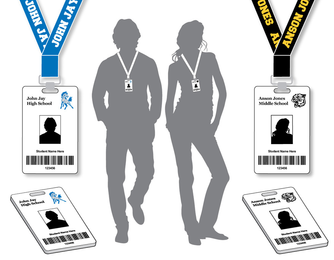 The latest in back-to-school fashion? Students are required to wear IDs on a lanyard around their neck. Big deal, you say? Well, the IDs are embedded with a chip that stores a number tied to the student's name. Electronic readers hidden behind the ceiling tiles in the halls and classrooms read these chips through radio frequency electromagnetic waves. An antenna on the reader, through wireless communication, reads the number on the chip and pinpoints the student's location. So if a kid's not in his or her seat when attendance is taken, staff can punch the number into the network and find out instantly where that student is and haul his butt down to his classroom. You can almost hear the "kaaaa-ching" of the cash register as bottom hits wood (or, in most cases, plastic). School districts are, of course, playing up the safety angle as well as the funding argument. But can you spell "invasion of privacy?" Or do students give that up when they step foot onto school grounds? On a brighter note, how long before some clever delinquent who wants to skip first period and hang out in the prop closet/bathroom/theatre lighting loft figures out these things can be thwarted by wrapping them in aluminum foil? You can read more about this rather appalling turn of events at Government Technology and at WebProNews.
0 Comments
In previous posts, I have flogged bad mothers and rotten fathers, so it seems only appropriate that as we reach mid-September, I turn my attention to the terrible teachers out there in the classrooms (or, in my neck of the woods) on the picket lines. Bad teachers... we've all suffered at the hands of a few of these, barely escaping their worst practices with our educational lives. Like Miss Garfield, my kindergarten teacher, who, during Show and Tell (remember that?!?!), only let me read aloud the first half of The Little Engine That Could by Watty Piper, because we had to "get through" 3 more students in the time allotted. The experience was so traumatic to a child who loved to read aloud (and was damn good at it at age 5) that even today the memory brings the bitter taste of disappointment and resentment to my mouth. Sappy stories of inspiring teachers are ubiquitous (Okay, Stand and Deliver, Mr. Chips, as you walk Up the Down Staircase and organize a Dead Poets Society)-- but I find that I am actually more inspired as an educator by the rotten apples in the classroom basket: inspired to rise above their failings, avoid their pettiness, channel the inevitable frustrations of the teaching life for good rather than evil, use their bad examples to push for excellence rather than mediocrity. So all hail the bad teachers: we salute the way you make us want to NOT be like you! Presented for your approval, top five TILFs: 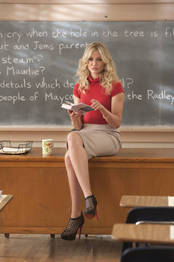 5. Miss Halsey ("Bad Teacher") A stinker of a movie about a stinker of a teacher played by Cameron Diaz: a foul-mouthed, gold-digging, hung-over cheater whose main reason for taking a junior-high teaching gig is to save up money for breast implants. Maybe she shouldn't have splurged on the Louboutin stilettos she's wearing in the photo. (Tag line: "She doesn't give an "F.") 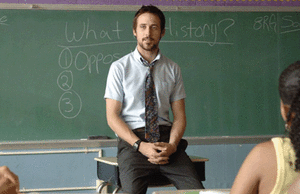 4. Dan Dunne ("Half Nelson") He's a hot, young history teacher, (portrayed by the librarian's favorite pin-up, Ryan Gosling); an inspiration to his middle-school students in the classroom and the basketball court. He's also a misogynistic crack addict who, in a very misguided moment, gets high in the locker-room. Not the best example to set for the troubled student who catches him at it. (Suggested tagline: He should have stuck with teachers' legal drugs of choice: caffeine and chocolate.) 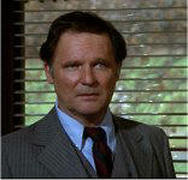 3. Dean Wormer ("Animal House") Dean Vernon Wormer is the villainous dean of Faber College, played by John Vernon. He's an uptight, stuffed-shirt whose probably never had a bit of fun in his whole life and he's out to get the rowdy, hard-partying Delta fraternity. (His wife has to crash the Deltas' toga bash to get her ya-yas out.) He's certainly lost the joy of teaching and he's definitely way past his sell-buy date. (Suggested tagline: If this is the alternative, maybe I would rather be fat, drunk and stupid.) 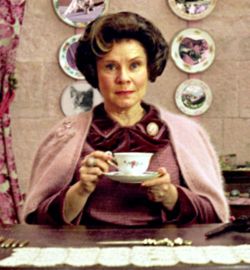 2. Dolores Umbridge ("Harry Potter and the Order of the Phoenix") Evil incarnate dipped in a coating of Pepto-Bismal, Dolores (as written in the books and portrayed by Imelda Staunton on film) is arguably one of the most ruthless characters in the series, ranking right up there with Lord Voldemort. Beneath the tea-sipping facade and honey-dripping voice lies a sadist. And there's nothing worse than a sadistic teacher, especially one who believes she's doing good. (Suggested tagline: "Because deep down you know that you deserve to be punished.") 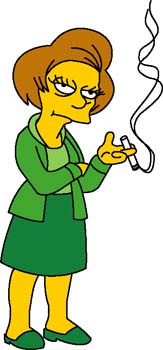 1. Edna Krabappel ("The Simpsons") Edna Krabappel is the fourth-grade teacher at Springfield Elementary School and a classic caricature of the American educational system and all its faults. She's a lonely, bitter divorcée who is always looking for love in all the wrong places, who smokes like the proverbial chimney on school grounds(!), and who is totally disillusioned after years of teaching. Of course, if I had Bart Simpson as a student, I'd probably get burned out mighty quick, too. She has little interest in pushing children to achieve standards of excellence, but still manages to canork about school funding and have a fling with her principal. (Quote: "As you know, Bart, one day your permanent record will disqualify you from all but the hottest and noisiest jobs.") Might make a great reality TV show, in the vein of What Not to Wear: How Not to Teach...
Now that the school year has begun, I may not have any time to waste, but the boys of summer gave it a last hurrah by goofing off on MorphThing. The result: Intern George refused to sully his own pulchritude by morphing his facial features with another's. Thanks, boys! See you next summer! The first Monday in September, Labor Day, is dedicated to the social and economic achievements of American workers, including the quantities of blood, sweat and tears they have shed in their contributions to the strength, prosperity, and Gross National Product of the United States. (As a person who once spent a summer as a card-carrying member of the United Steelworkers' Union, I can testify to the amount of sweat shed.) Depending on what you read, this holiday for workers was the brainchild of either Peter J. McGuire, a cofounder of the American Federation of Labor, or Matthew Maguire, a machinist and later the secretary of Local 344 of the International Association of Machinists. (I can see how they might be confused!) The first Labor Day holiday was celebrated on Tuesday, September 5, 1882, in New York City, sponsored by its Central Labor Union. In 1884 the first Monday in September was selected as the holiday, and the Central Labor Union urged labor organizations in other cities to follow their example and celebrate a "workingmen's holiday." The idea spread with the growth of the labor movement, and in 1885, Labor Day was celebrated in many cities with strong industrial bases across the country. On June 28, 1894, Congress passed an act making the first Monday in September of each year a legal holiday in the District of Columbia and the territories. Lately labor unions have been under attack by various factions in the U.S. political galaxy so it might be time to take a moment or two to read more about the history of labor in this country in order to fully appreciate the journey and the struggle of our predecessors. What better way to do that but with a well-written piece of nonfiction?!? 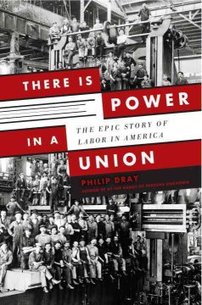 There is Power in a Union Philip Dray (Doubleday, 2010) From Lowell to Ludlow, from Haymarket Square to the ill-fated 1981 PATCO strike, the history of the labor movement has indeed been an epic journey and Dray captures it all in a crisp narrative that highlights vivid characters and dramatic scenes. Heroes, scoundrels, shining moments and scandals, the story of labor is the story of America, and it brought to life in the hands of a fine writer, who presents an even-handed account, although it is clear where his sympathies lie. 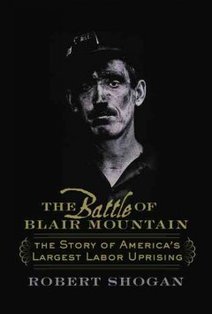 The Battle of Blair Mountain Robert Shogan (Westview Press, 2004) The violent nationwide Great Railroad Strike of 1877 may have involved more workers, but the Battle of Blair Mountain, WV, in August 1921 was the largest armed labor uprising in the United States. Nearly 10,000 white and black coal miners of the United Mine Workers of America attacked 3000 pro-coal company men. Here is a riveting tale of dissent, human rights, ancient enmities (a Hatfield of that infamous family is in the mix), and the threat of federal troops attacking citizens. 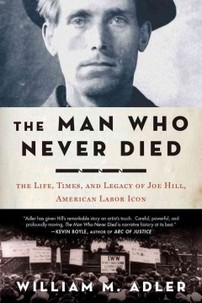 The Man Who Never Died William M. Adler (Bloomsbury, 2011) Inspiration to songwriters from Woody Guthrie and Pete Seeger to Bob Dylan and Bruce Springsteen, Joe Hill was a labor activist who became a legend. In 1915, Hill was executed in Utah for a murder it remains doubtful he committed. A proud member of the Industrial Workers of the World (colloquially known as "the Wobblies"), the most radical union of the early 20th Century, Hill was known for his humorous yet aggressive protest songs. Set to popular tunes and featured in the IWW's Little Red Songbook, they were pointed attacks on the establishment. Hill's famous "The Preacher and the Slave" mocks the hypocrisy of offering spiritual advice before worldly sustenance and introduced into the American lexicon the phrase "pie in the sky." Adler has scoured newspapers, archival sources, and related significant biographies to bring Hill's story to life and to deliver the man behind the myth. “Amnesia is not knowing who one is and wanting desperately to find out. Euphoria is not knowing who one is and not caring. Ecstasy is knowing exactly who one is - and still not caring.” -- American author Tom Robbins Discuss amongst yourselves while I get ready for another week of school!
|
AuthorTo find out more about me, click on the Not Your Average Jo tab. Archives
February 2024
Categories
All
|

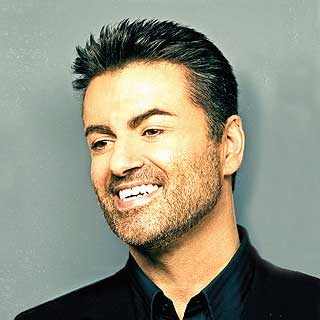

 RSS Feed
RSS Feed